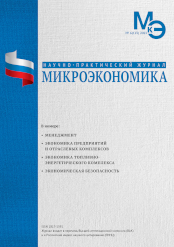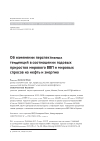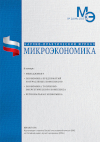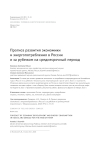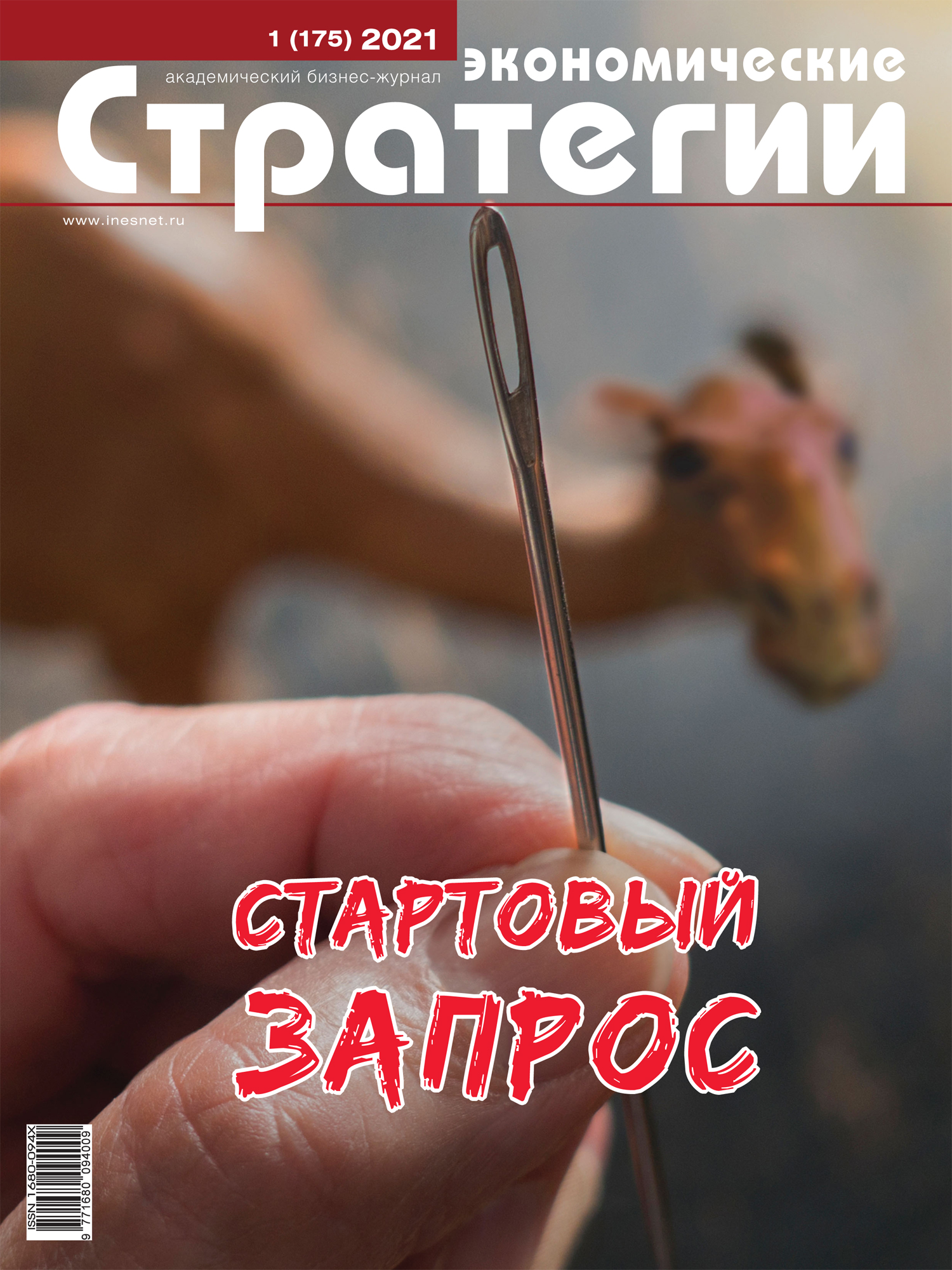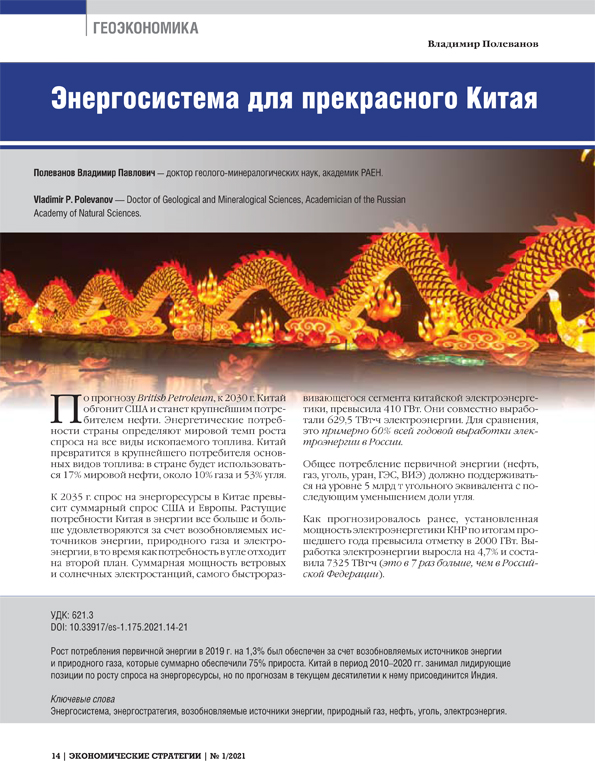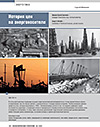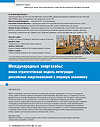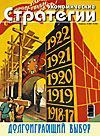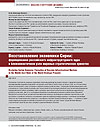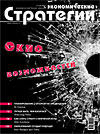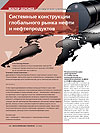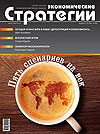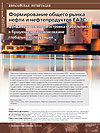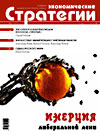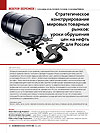On changes in promising trends in the ratio of annual increases in global GDP and global demand for oil and energy
DOI: 10.33917/mic-6.113.2023.76-88
Forecasts are given for 2023–2028 global demand for oil and energy, as well as real GDP growth by region of the world. The linear regression models developed by the authors and graphs of the relationship between the annual growth rate of global GDP and the annual growth rate of global oil and energy demand are presented.
According to the authors, the fight against inflation by the US Federal Reserve and the Central Bank of Europe through raising interest rates leads to a decrease in investment and a decrease in the growth rate of GDP in the US and Europe.
References:
1. «Prospects for the development of the world economy». World Bank report dated June 05,2023. URL: https://www.vsemirnyjbank.org/ru/publication/global- economic-prospects
2. The Central Bank kept the key rate at 7,5%
for the fifth time in a row. KOMMERSANT dated04/28/2023. URL: https://www.kommersant.ru/doc/5955429
3. The economy is reaching a plateau. GDP monitoring. KOMMERSANT dated 08/04/2023.
URL: https://www.kommersant.ru/doc/6138316
4. EDB macro forecast 2023–2025: economic growth forecast has been improved for all countries in the region. URL: https://eabr.org/press/releases/makroprognoz-eabr-2023–2025-prognozekonomicheskogo-rosta- uluchshen-dlya-vsekhstran-regiona/
5. IEA «Oil 2023 Analysis and forecast to 2028». June 2023. URL: https://www.iea.org/reports/oil-2023
6. IEA «World Energy Outlook 2022». URL:
https://iea.blob.core.windows.net/assets/830fe099–5530–48f2-a7c1–11f35d510983/WorldEnergyOutlook2022.pdf


